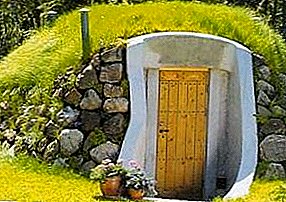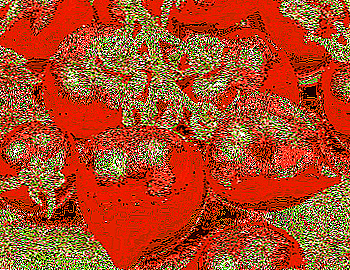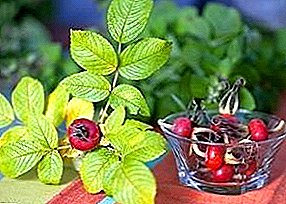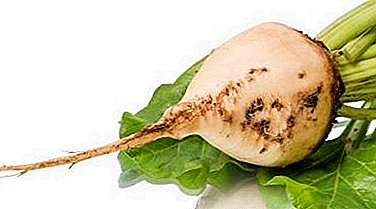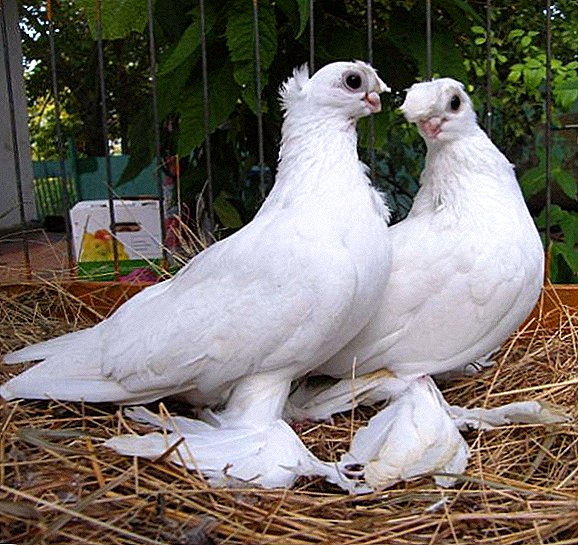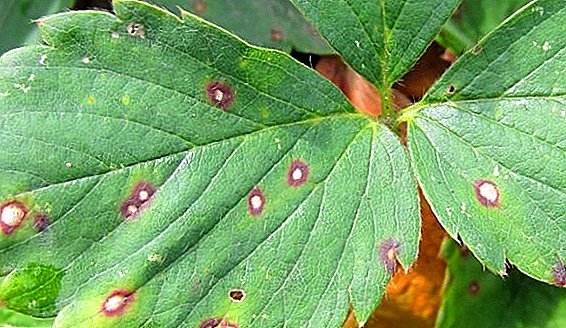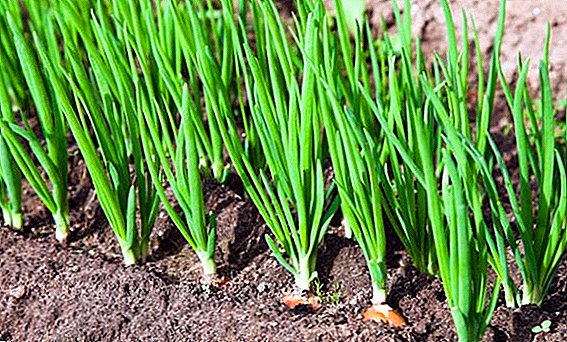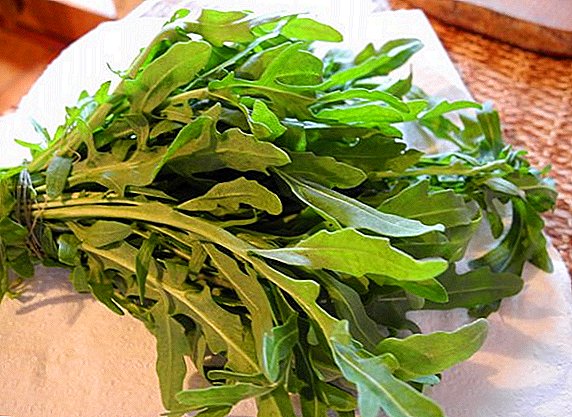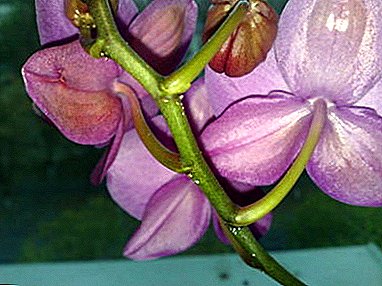
Every amateur grower wants to have an orchid in his house. This is an extraordinary beauty, a flower, unpretentious and very easy to care for.
In order for the plant to please the eye and continue to bloom longer, you need to create suitable conditions and create high-quality care for it. The first signs of illness or pest contamination with improper care may be sticky drops on the leaves of the plant.
What it is?
Sticky drops on the orchid can be seen on the leaves and stems. It is an extra-flowery nectar substance, which is formed as a result of sugar processing inside the flower. In this case, the drops serve as a natural bait for pollinating insects. This is not dangerous for the plant.
Sticky drops serve as a kind of trap from which pests cannot get out. If abundant sticky drops appeared on the plant, then this may be a signal that it is infected with powdery mildew. It is from this that the progression of the disease begins, a white patina with black and gray spots appears on the leaves.
The role of extra-flowering nectar in the life of a plant
 The reason for the appearance of sticky drops on young leaves may be the release of nectar. The people received the name "extra-flowery nectar."
The reason for the appearance of sticky drops on young leaves may be the release of nectar. The people received the name "extra-flowery nectar."
Nectar performs the following functions:
- Protecting plants from insect pests. Once trapped, the pests stick to the sweet drops and die.
- Lures insect pollinators. Appearing on the flower itself, attracted by the sweet smell of syrup, they pollinate the flower.
- Protection against leaf cutters. The orchid is very cleverly protected from such pests. Sticky droplets attract aphid, ants are settled behind it, they protect leaf territories, defending their territories. But from this harm may be more than good because aphids feed on sap, weakening the protective forces of the plant.
- Excess sugar production. This can only appear on strong, healthy, well-fed plants.
What does a patina look like?
The cause of sticky plaque can be an infection of an orchid with a mealy bug. This is a kind of aphid, which is a real disaster not only for phalaenopsis, but also for many plants.
It feeds on the vegetable sap of the flower and multiplies very quickly, injects toxic substances into the plant, causing orchids to weaken, their growth slows down, and the leaves begin to turn yellow and fall off. Therefore, it is necessary to take urgent measures to save the plant, otherwise it can infect healthy flowers.
It is not difficult to determine the worm: it is white, fluffy and small in size. The insect lays many eggs at the base of the peduncle, its larvae form a kind of substance, like thin cotton wool. Afterwards, as a result of the metabolism of insects, a sticky white bloom or drops appears on the leaves and stalks.
At first glance, they look like white fluffy mass on the leaves. But, upon closer inspection, one can see a wingless insect. They multiply very quickly and spread throughout the plant or several flowers.
 Insects that cause the most damage to the plant and are located on the flower itself are females. They actually do not move, they are attached in one place, forming a white bloom around them, very similar to cotton wool.
Insects that cause the most damage to the plant and are located on the flower itself are females. They actually do not move, they are attached in one place, forming a white bloom around them, very similar to cotton wool.
Pests are hidden, mainly in the folds under the leaves, so if the plant is covered with a white sticky coating. then the infection is pretty strong. Under the bottom of the sheet you can see white lumps or droplets like powder..
When the plant is afflicted by a false shield, on the leaves and stems of an orchid you can see tubercles of brown or yellow color. These plaques serve as the house of an adult insect female. She crawls along the flower in search of a suitable place, sucks, pulling the sap from the orchid and, after some time, becomes covered with a brown sticky film.
Adults and larvae feed on plant juices and leave behind a sticky patina that serves as a good environment for the development of fungi and rot.
It is necessary to regularly conduct a routine inspection of flowers, in case of detection of pests on a plant, it is necessary to isolate it from healthy specimens, immediately begin treatment with means to combat harmful insects.
What other parts of the plant may appear?
Sticky milky white or yellow white droplets may appear on different parts of the plant.:
- rhizoma - horizontal shoot, forming a rhizome;
- pseudobulba - vertical shoots, which are the plant itself;
- peduncle shoot on which flowers are formed.
 Sticky bloom may appear on the surface of the leaves, pseudobulb, peduncle plants.
Sticky bloom may appear on the surface of the leaves, pseudobulb, peduncle plants.
Sticky drops on an orchid can be a sign of both plant self-defense and dangerous infection with parasites. To establish the exact cause you must carefully and regularly inspect the surface of the leaf, peduncle and pseudobulb.
In order not to bring the matter to serious treatment, orchids, to keep them healthy and blooming for a long time, it is enough to observe the correct mode and care for the flowers: not to allow temperature changes, abundant watering, excessive air moistening, to create sufficient lighting. With proper care, beautiful orchids will delight the eye with their flowering up to 6 months a year.


